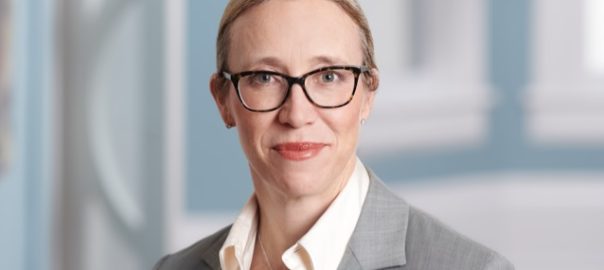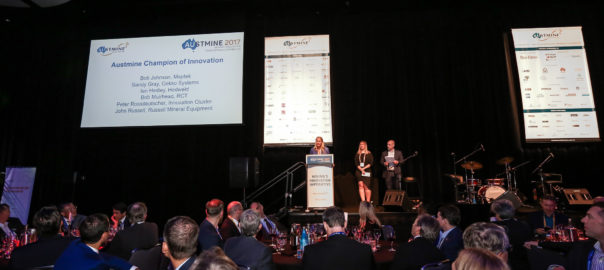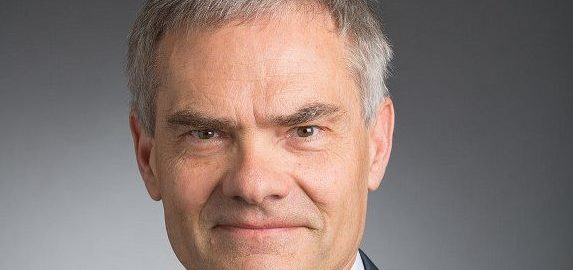OZ Minerals, Boliden and Rio Tinto have agreed to collaborate to unlock new and innovative technologies for managing tailings, helping the mining industry to further reduce risk while extracting the materials the world needs for the energy transition from what was previously regarded as ‘waste’, they say.
Under the umbrella of the Think & Act Differently (TAD) incubator initiative, the three companies will fund and support innovators who are working to reimagine mining and processing to eliminate, minimise, reuse or find value in mine tailings. The three companies will also collaborate on other selected innovations to pursue improved productivity while delivering benefits such as lower emissions and reduced waste.
The collaboration will support innovators by providing materials, funding, technical guidance and the potential for field trials at mine operations, the companies said. Innovators will retain ownership of their intellectual property rights, with a licence to use those rights granted to the companies that support them.
Michelle Ash, OZ Minerals’ Technology Executive, said: “We can accelerate technology much faster by working together and this is an example of how the industry can collaborate to support technology development. We hope this way of working and supporting innovators provides a model that can be replicated because accelerated technology development is likely to have a positive impact on our industry and society.”
Joanna Lindahl, Boliden Mines’ Sustainability Director, added: “By collaboration on generic challenges for the mining industry in a pre-competitive setting we will be able to make progress faster and more resource efficient. For the inventors and startup companies in the TAD incubator, it is also an excellent opportunity to get insights and business understanding from several different mining companies. We are very much looking forward for this collaboration and hope to find new opportunities to strengthen the industry in the future.”
Mark Davies, Chief Technical Officer for Rio Tinto, said: “It isn’t very often that competitors come together to collaborate on industry-critical work. One such area historically has been health, safety and environment, where we learned that sharing leading practices boosts our collective performance. We think collaborating on tailings management capability improvement could have a similar, industry-wide impact. We’re excited to be partnering with Boliden and OZ Minerals through the TAD program.”
The Think & Act Differently program, powered by OZ Minerals, works towards building an ecosystem of partners who will explore and accelerate themes that prioritise social and environmental responsibility for the development of the modern mine, the company says.
Photo courtesy of Exact Consulting















